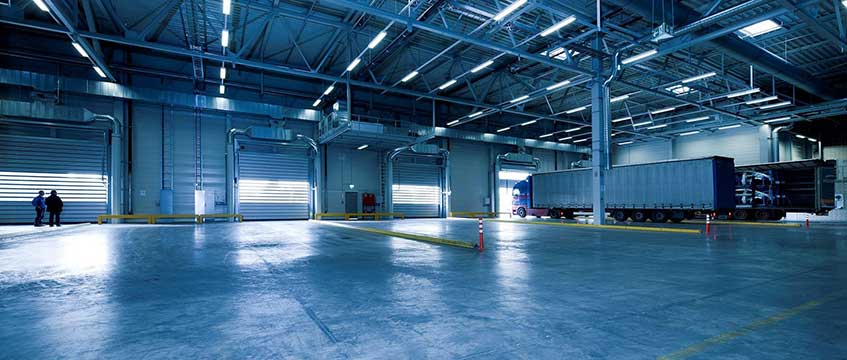Manufacturing growth drives industrial take-up
The manufacturing sector accounted for 27% of UK industrial take-up in 2024, and savvy investors should be looking to the sector for strong returns, says Knight Frank in its latest Future Gazing report.
In value terms, UK manufacturing output has risen by 9% over the past decade, leading to an uptick in requirements for high-quality facilities, said Knight Frank, adding that manufacturers had taken up 28m sq ft of space across the UK over the past three years, representing a quarter of industrial and logistics demand.
The North West has the largest manufacturing presence in terms of floorspace, accounting for 16.2% of the UK’s total occupied manufacturing and production space, followed by the West Midlands at 14.4% and Yorkshire and Humber and the East Midlands, each with around a 12% share.
The manufacturing sector accounted for 27% of UK industrial take-up in 2024, and savvy investors should be looking to the sector for strong returns, says Knight Frank in its latest Future Gazing report.
In value terms, UK manufacturing output has risen by 9% over the past decade, leading to an uptick in requirements for high-quality facilities, said Knight Frank, adding that manufacturers had taken up 28m sq ft of space across the UK over the past three years, representing a quarter of industrial and logistics demand.
The North West has the largest manufacturing presence in terms of floorspace, accounting for 16.2% of the UK’s total occupied manufacturing and production space, followed by the West Midlands at 14.4% and Yorkshire and Humber and the East Midlands, each with around a 12% share.
As well as benefiting from a skilled labour pool, several of these regions are home to planned enterprise zones, investment zones and freeports offering tax incentives to the UK manufacturing sector.
Between now and 2033, the UK manufacturing sector is projected to grow by a further 12% and as growth accelerates, Knight Frank said it expected to see further opportunities for investors to benefit from the sector’s supportive fundamental drivers.
While productivity improvements in the sector will temper space requirements, said Knight Frank, high-growth advanced manufacturing businesses will need facilities that can meet their requirements in terms of specification as well as location needs, including access to skilled labour.
Older, vacant manufacturing units will be unsuitable and demand for high-quality manufacturing space in core markets will drive continued rental growth going forward, said the agent.
Charles Binks, head of industrial and logistics agency at Knight Frank, said: “This dynamic, tech-enabled manufacturing sector, buoyed by a push to reshoring and supply chain resilience in the wake of the pandemic, continues to grow into one of the most important segments of the UK industrial and logistics market.
“While the food and beverage manufacturing subsector remains the largest constituent of the UK manufacturing market, other emerging subsectors have experienced rapid expansions in their floorspace requirements across UK manufacturing hubs, with long-term growth poised to sustain industrial demand over a five- to 10-year horizon.”
Knight Frank believes that growth in UK manufacturing presents opportunities for real estate investors, particularly for long-income investors, but warned that investors need to navigate the nuances of different segments of the market, with differing growth prospects and considerations, as well as the dichotomy between strong long-term growth, particularly within certain sectors and locations, alongside weaker sentiment in the near term.
“The prospects look bright for the continued growth of the UK manufacturing sector as a major font of demand for UK industrial space and growth of the sector presents opportunities for investors,” said Claire Williams, head of UK and European industrial research at Knight Frank. “However, investors need to navigate the nuances of different segments of the market, with differing growth prospects and considerations. Furthermore, significant uncertainties and challenges remain present.”
She added: “Shifting global trade policies, rising business rates, and increasing labour costs, exacerbated by recent changes to the UK National Insurance scheme, will play key roles in shaping future demand. We expect to see an enhanced focus on locations offering tax incentives, such as investment zones and freeports as occupiers seek to mitigate their rising tax burden.”
Image from Pixabay/Pexels











